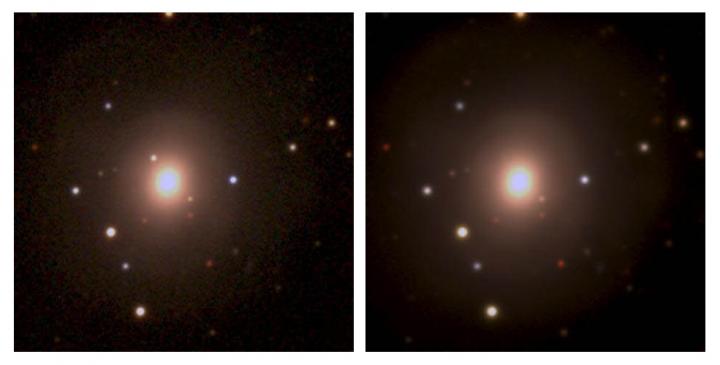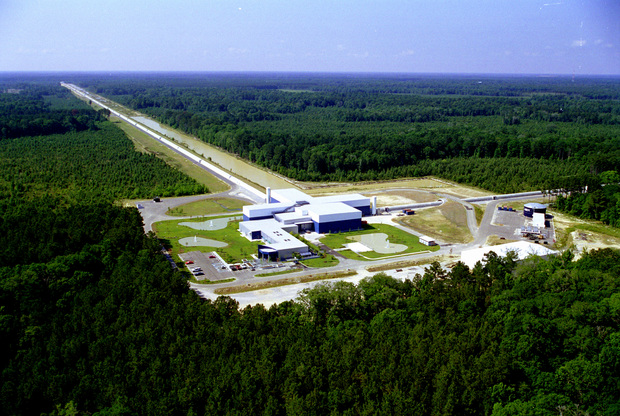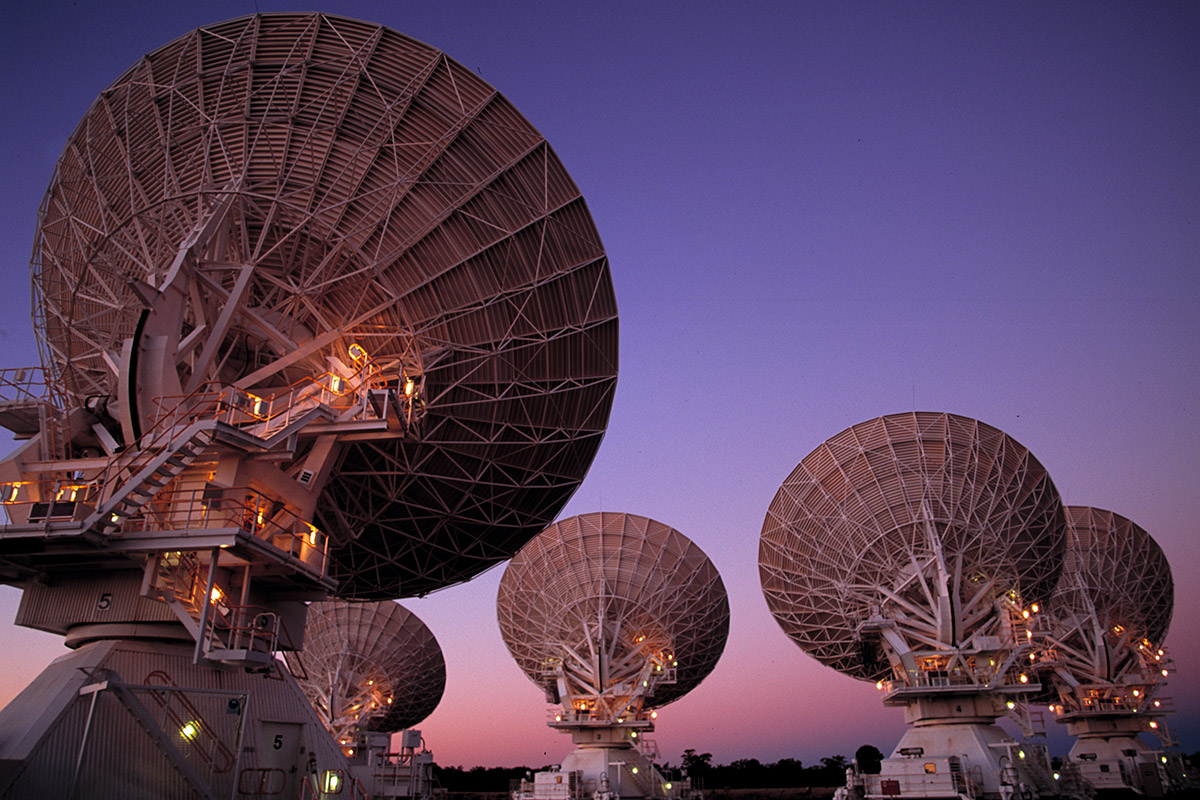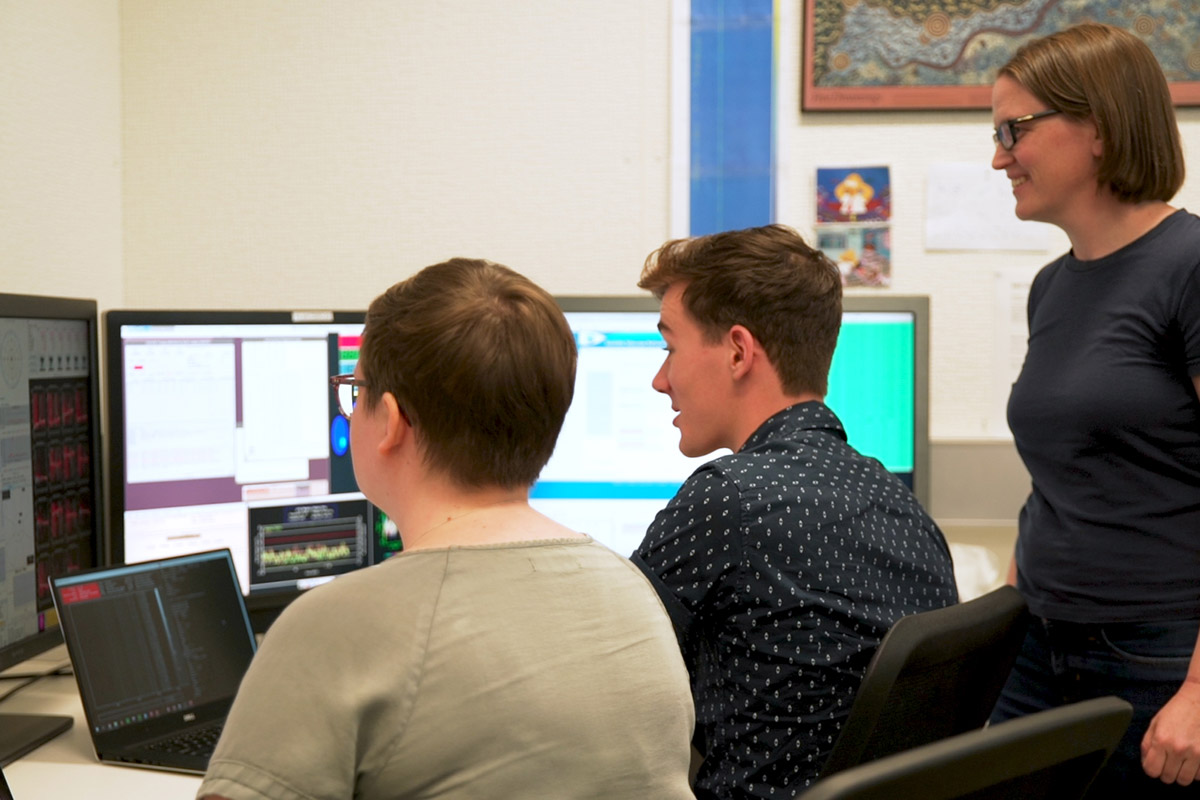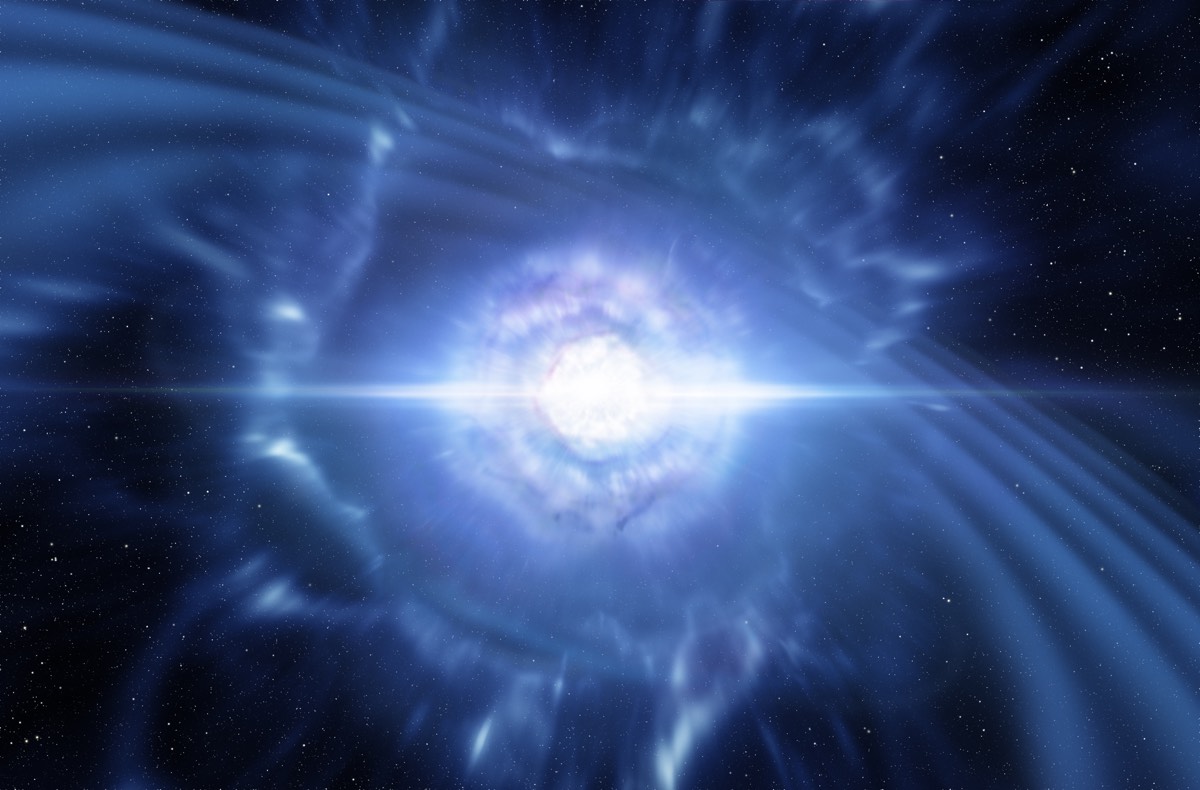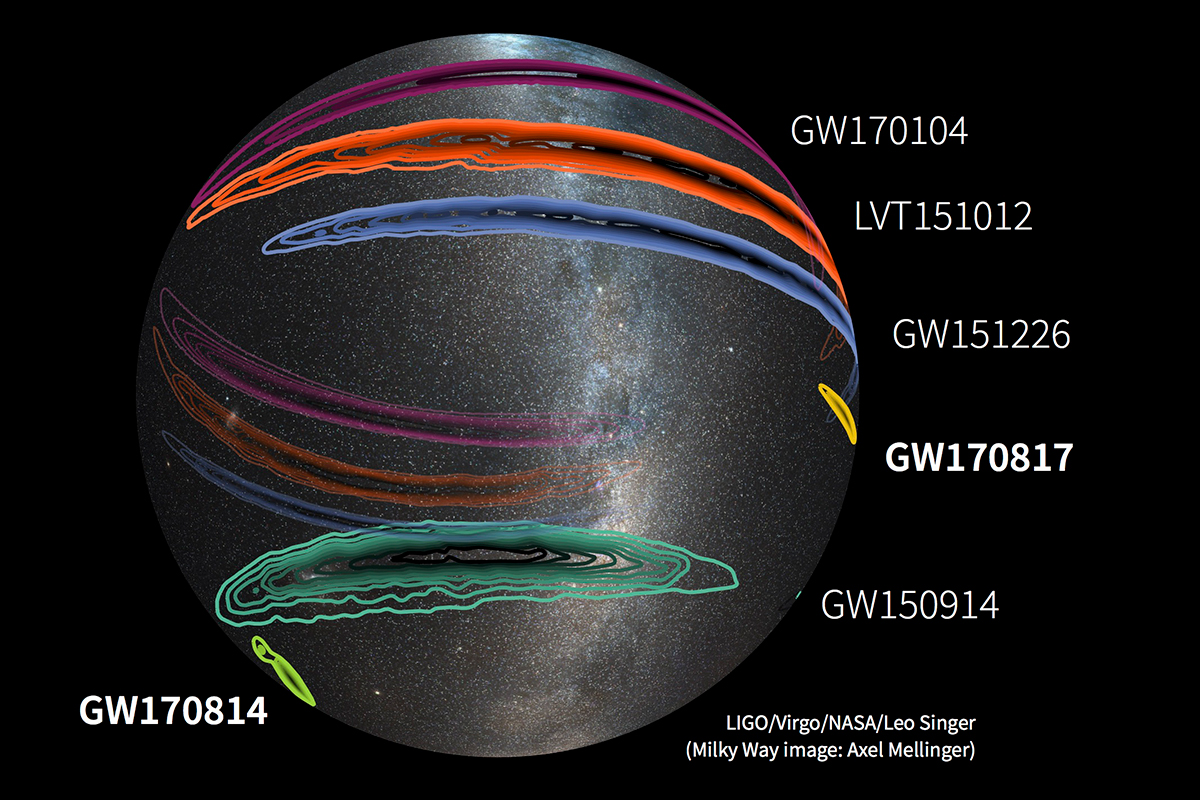In Images: The Amazing Discovery of a Neutron-Star Crash, Gravitational Waves & More
Dark Energy Survey Spots the Kilonova
The image on the left shows the kilonova (just above and to the left of the brightest galaxy) recorded by the Dark Energy Camera. The image on the right was taken several days later and shows that the kilonova has faded.
How Gravitational Waves Could Be Detected With LIGO (Infographic)
Using laser beams, scientists have detected the physical distortions caused by passing gravitational waves. See how the LIGO observatory hunts gravitational waves in this Space.com infographic.
LIGO's Louisiana Detector
The LIGO project operates two detector sites: one near Hanford in eastern Washington, and another near Livingston, Louisiana (shown here).
Gravitational Wave-Hunting Telescopes
This is CSIRO's Australia Telescope Compact Array, used by the Sydney team to detect gravitational waves.
Gravitational Wave Hunters
University of Sydney Associate Professor and Chief Investigator at the ARC Centre of Excellence for All-sky Astrophysics (CAASTRO) Tara Murphy stands with PhD student Dougal Dobie (right) and astronomer Christene Lynch (left). Mr Dobie spent hours observing on the telescope and was amazed to be able to be the first in the world to observe the phenomenon.
GW-Versus-Matter-STILL
This visualization shows the coalescence of two orbiting neutron stars. The right panel contains a visualization of the matter of the neutron stars. The left panel shows how spacetime is distorted near the collisions.
Neutron Stars Merge
On Aug. 17, 2017, detectors spotted gravitational waves produced by the collision of two neutron stars (shown in this artist's impression). The scientists also observed a gamma-ray burst from the energetic event.
Breaking space news, the latest updates on rocket launches, skywatching events and more!
Mapping gravitational wave sources
This map shows the locations of all five gravitational-wave signals detected by LIGO since the first detection in 2015. In the background is an optical image of the Milky Way; the discoveries are plotted on the entire celestial sphere, which is represented as a translucent dome.
Kilonova & Gravitational Waves
This artist's illustration shows two neutron stars (bright blue dots in the middle of the image) merging together and creating jets of matter and light. The event was first seen by gravitational wave observatories, and was later studied by light-based observatories.
GW170817 Kilonova
Artist's impression of the GW170817 kilonova.

Space.com is the premier source of space exploration, innovation and astronomy news, chronicling (and celebrating) humanity's ongoing expansion across the final frontier. Originally founded in 1999, Space.com is, and always has been, the passion of writers and editors who are space fans and also trained journalists. Our current news team consists of Editor-in-Chief Tariq Malik; Editor Hanneke Weitering, Senior Space Writer Mike Wall; Senior Writer Meghan Bartels; Senior Writer Chelsea Gohd, Senior Writer Tereza Pultarova and Staff Writer Alexander Cox, focusing on e-commerce. Senior Producer Steve Spaleta oversees our space videos, with Diana Whitcroft as our Social Media Editor.
